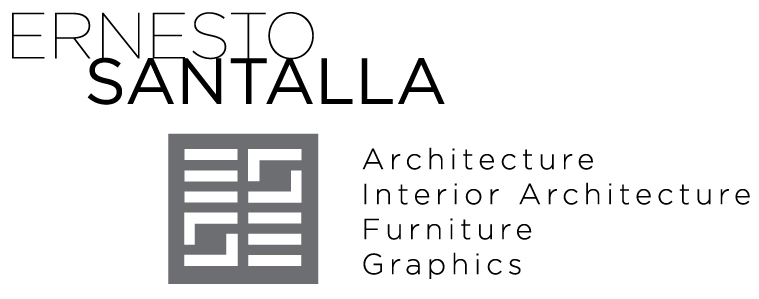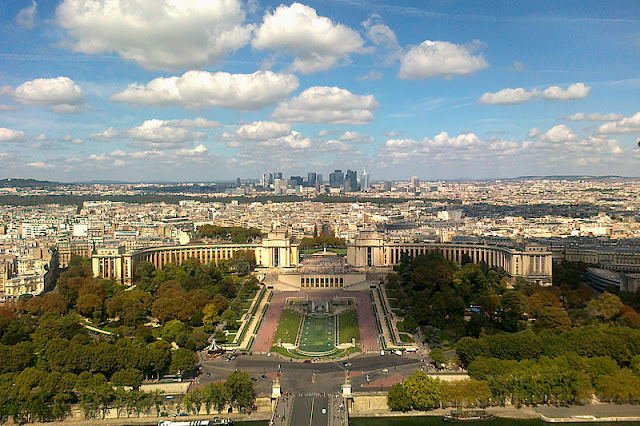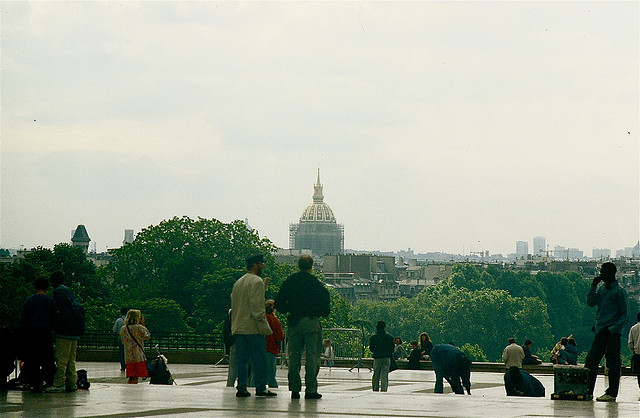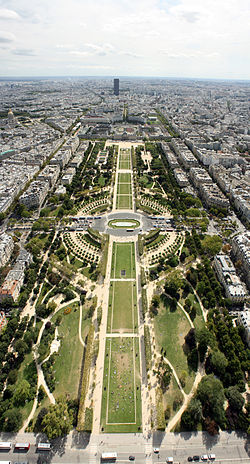Objects of Our Desire
Written by Spencer McNeil on January 30th, 2013 // Filed under Uncategorized
When you need a check up, call a doctor, but when you have a toothache, call the dentist. When buying property or in need of a will, there will be a lawyer involved. When the plumbing malfunctions, call the plumber and when the car breaks, take it to the mechanic.
In a world of must haves, why doesn’t everyone have an architect? In fact, most of the built environment is not the work of architects. What’s interesting, in an article published by Metropolis in 2008 suggests it’s largely due to architect elitism. If 98% of architects are unwilling to design for the middle class income sector, the vast majority of the population is underserved. If that’s accurate, there’s a huge untapped market out there. Something here isn’t adding up, is it?
With the Industrial Revolution a paradigm shift occurred whereby mass production democratized the availability of goods to an ever increasing population. Supply and demand and competition created greater accessibility and to a great extent, much of what we surrounds ourselves with now can be traced to mechanization. Assembly lines produce objects.
My premise is we are and object oriented society and as such we readily relate and ascribe value to objects. Architecture is space oriented. I’ll give an example to make my case; the Eiffel Tower.
As one of the most recognizable symbols in the world, it has become synonymous with Paris. The vast majority of the world’s population is fascinated by the object, whereby I am most enamored of the setting, starting at the Tocadéro, site of the modernist Chaillot Palace and gardens which step down to the bridge crossing the Seine leading to the plaza which serves as a platform for the tower.
The experience of visiting the world’s most visited (paid) monument isn’t over once you’ve ascended the tower or even had a meal at the restaurant. The plaza where the tower is sited on offers another vantage point of the city.
But it’s not over yet. This plaza connects to the Champs de Mars, the site of the Exposition Universelle, aka World’s Fair, for which the Eiffel Tower was built in 1899 as the entrance.
We can think of the Eiffel Tower as the leading actress, the object of our desire. The public spaces are the set, with a vision crafted by the production team under the masterful perspective of the Director. One does not exist without the other.
In the film of your life, where you play the leading role and have millions of choices for filling the set, but who is designing that set for you? Do you accept a phone or a car that kind-of works? No, so why should you accept to live and work in spaces that were kind-of designed?
Comments are encouraged.
Like Studio Santalla on Facebook and while your at it, Ernesto Santalla Photography.
Here’s a recent publication on me in The Georgetowner.
For examples of the spaces I design, go to www.studiosantalla.com





I believe that you are so correct here. Further, I would suggest that we fail to recognize how our spaces contribute to ill health, depression etc. How can one thrive in and around an environments that are negative? We cannot.
I might also ask your opinion on how what you have said here connects with a marketing engine that tells us that we want and need that which it wants to sell us rather than that which will actually add to our lives?
I think that marketing is extremely influential in shaping what is desirable. In residential real estate it is pervasive. New housing is sold from a checklist of amenities, to which buyers and renters can relate. At some point it was “track lighting,” now it’s “stainless steel appliances.” In DC, where I live, in recent years it was “loft living,” which was truly a marketing ploy.
A lot of what I see is undesirable, but it doesn’t have to be if more effort was put in to the design of a space, which I consider a necessity, rather than the niceties, like granite countertops. As I mentioned in a previous post, the design of office buildings is decades ahead of residential buildings, where the prevailing attitude appears to be to provide the least common denominator.